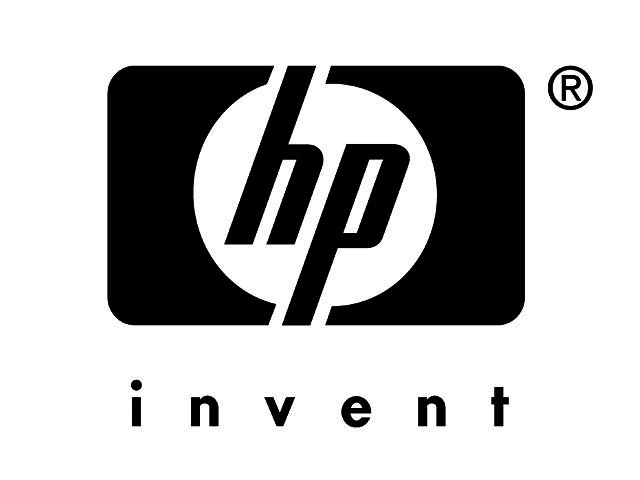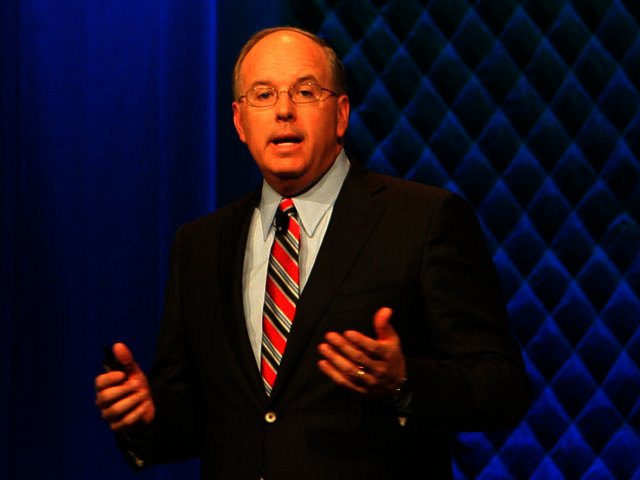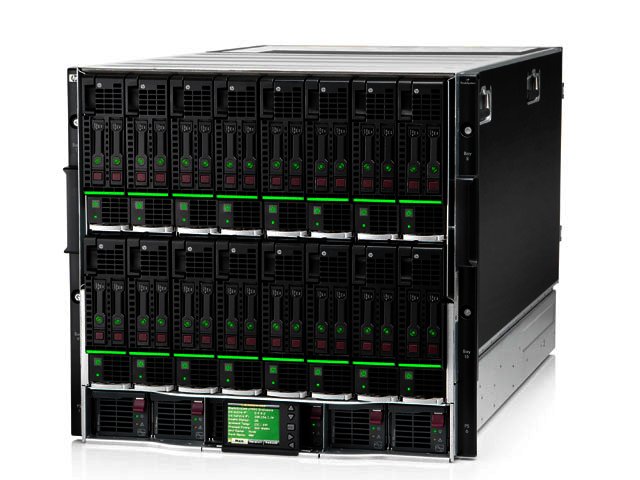PREVIOUS ARTICLENEXT ARTICLE
NEWS

HP reveals how it will transform IT industry Part 1
By Ryan Noik 15 February 2012 | Categories: news
Amid an electrifying atmosphere and great excitement in a 3000 strong audience of worldwide media and HP’s channel partners, Dave Donatelli, HP’s EVP and General Manager enterprise servers, storage, networking and technology services, took to the stage in Las Vegas to boldly assert that the company was going to do no less than completely transform the IT industry with regards to data centres, servers and storage.
TechSmart was there to witness as Donatelli announced the launch of the company’s new ProLiant Gen8 servers, due to become available worldwide in March, which bring a number of new and radical features to the database and server space.
Donatelli continued that it used to be that technology could be built as if separate from one another; however, he pointed out, this was no longer the case, as bringing various technologies together to work holistically had now become essential. He asserted that while this convergence had been adopted and copied by the company’s competitors, HP was “innovating faster and able to offer the vastest portfolio of solutions.”
Furthermore, Donatelli pointed out that while consumer technology had grown in leaps and bounds in almost every arena, many businesses were frustrated by the fact that their IT budget appeared to be spent on “just keeping what they have running,” instead of being directed towards implementing innovative technology.

Dave Donatelli, HP’s EVP and General Manager enterprise servers, storage,
networking and technology services
Now, Voyager
This however, is set to change, as Donatelli proceeded to unveil the alluringly named Project Voyager. The initiative, which has been two years in the making and cost a staggering $300 million (R2.4 billion), includes the launch of the company’s ProLiant Gen8 servers, and introduces a broad array of innovations, that apparently produced some 900 patents.
Put simply, Project Voyager’s aim is to automate every aspect of a server’s life cycle, and effectively enable servers to become self-sufficient and “intelligently take care of themselves”, explained Donatelli.
To this end, HP’s ProLiant Gen8 servers features the company’s 3-D Sea of Sensors, a technology that identifies over-utilised servers based on real-time location, power, workload and temperature data, increasing compute capacity per watt of energy by 70%.
And with HP Active Health and HP Insight Online, HP ProLiant Gen8 automatically analyses its own health across 1600 data points.
The company explained that along with self monitoring, self diagnosing and proactive support, users could further resolve unplanned downtime issues up to 66% faster. This is significant, when taking into account the cost of unplanned downtime, which HP placed in the region of $10 million (R80 million) an hour.

What all the fuss is about... HP's new ProLiant Gen8 server
Old dilemmas, new directions
Another dilemma faced by the IT industry included the fact that data centres were extremely expensive and yet, data and content were only set to grow, spurred on to unimaginable heights by greater adoption of cloud-based technologies.
Richard Fichers, vice president and senior research analyst at Forrester rather colourfully affirmed that “there is nothing that indicates that there is going to be slowdown in demand for servers short of an asteroid striking the earth.”
Mark Potter, HP’s senior vice president and general manager Industry standard Servers and Software, elaborated that two years ago, HP recognised that the way datacentres were managed was “simply unsustainable”.
This was combined with the prediction that data would only quadruple in the next few years, and a perfect storm of spiraling costs, unplanned downtime which resulted in lost productivity, and the loss of time from having to perform manual processes.
It was this, he explained, that spurred the company on to make a breakthrough in datacentre management in its bid to enable them to be run more efficiently.
“We have fundamentally changed how a server behaves, from automatically communicating which rack it is in, validating power feeds to offering a 3D visualization of the entire datacenter so that customers can see where power and cooling is available,” he elaborated.
To continue to part two, please click here.
USER COMMENTS
Most Read Articles
Read

Magazine Online
TechSmart.co.za is South Africa's leading magazine for tech product reviews, tech news, videos, tech specs and gadgets.
Start reading now >
Download latest issue
Have Your Say
What new tech or developments are you most anticipating this year?
New smartphone announcements (44 votes)
Technological breakthroughs (28 votes)
Launch of new consoles, or notebooks (14 votes)
Innovative Artificial Intelligence solutions (28 votes)
Biotechnology or medical advancements (22 votes)
Better business applications (132 votes)



